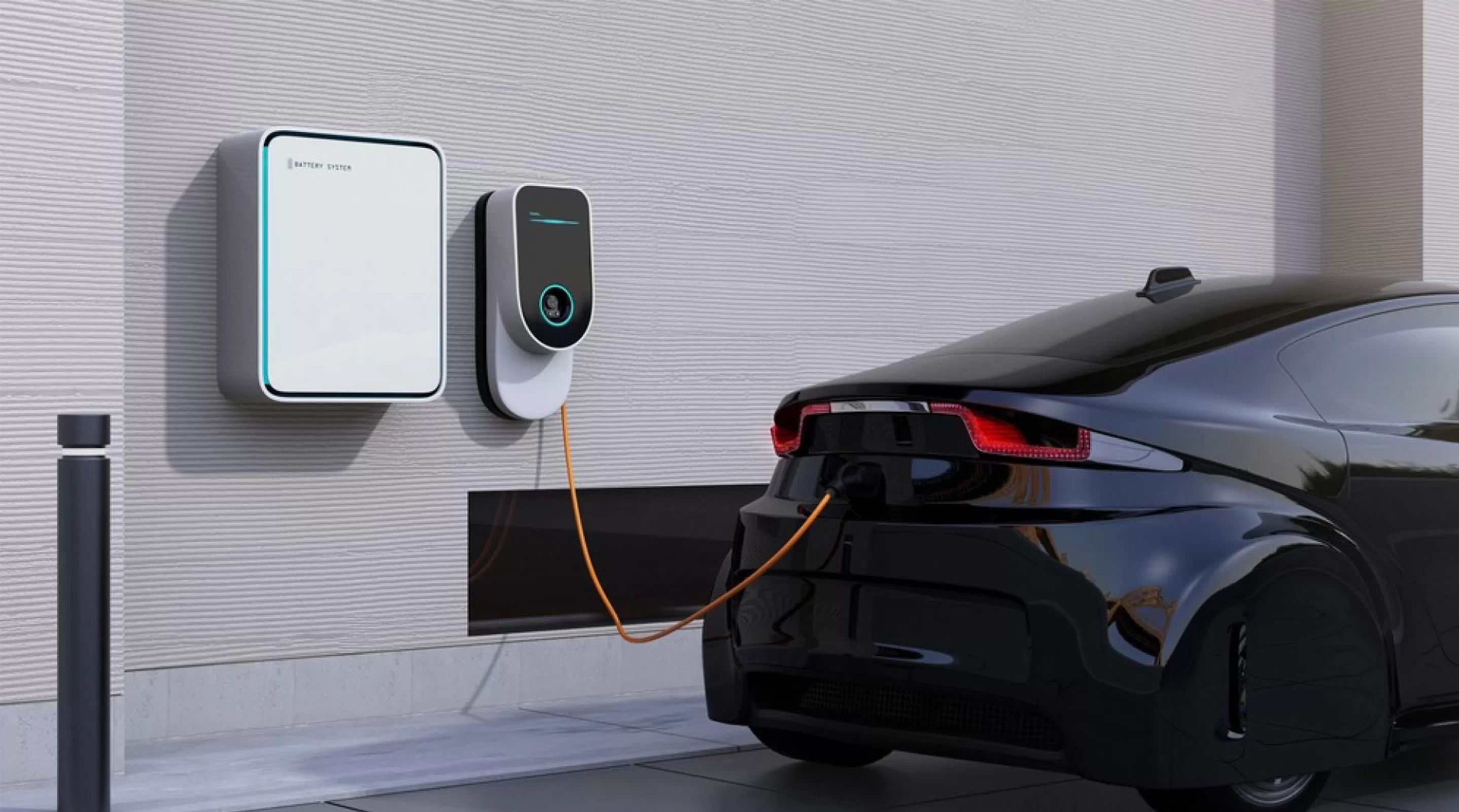News & Resources
As electric vehicle (EV) adoption accelerates across NSW, more homeowners are considering the convenience of charging their vehicle at home. Installing a dedicated EV charger can make daily life easier, reduce long-term energy costs, and increase the value of your property.
If you’re thinking of joining the EV movement, this guide explains what’s involved in home EV charger installation, the regulations you need to be aware of, and why hiring a licensed professional matters.
What Are Home EV Chargers?
Home EV chargers are wall-mounted units that safely deliver electricity to your electric vehicle battery. They’re far more efficient than plugging into a standard outlet, allowing for faster, safer charging that’s compatible with most EV makes and models.
There are two main types:
- Level 1 chargers use a regular household outlet (10A) and offer slow charging speeds. Suitable for occasional use.
- Level 2 chargers require a dedicated 240V circuit and offer much faster charging — ideal for daily use and overnight charging.
Why Install a Dedicated Charger at Home?
Having a permanent EV charging station at home offers several advantages. It provides faster, more reliable charging compared to portable cables, especially if you rely on your EV for daily commuting. Dedicated chargers also come with built-in safety features and smart technology that can monitor energy usage and adapt to off-peak rates.
With growing demand for EV infrastructure, installing a home charger now may also future-proof your property. Buyers increasingly value properties equipped for sustainable transport.
Do You Need a Level 2 Electrician?
Yes. In NSW, any installation involving a 240V connection, switchboard upgrade, or metering must be completed by a Level 2 Accredited Service Provider (ASP). These professionals are licensed to connect your charger to the electrical grid safely and legally.
Attempting to install a charger yourself — or using a general electrician — could void warranties, breach local regulations, and create a serious fire risk.
What’s Involved in the Installation?
Your installer will inspect your property, assess switchboard capacity, and determine whether a dedicated circuit is required. Some homes may need a switchboard upgrade or additional protections depending on the age and condition of the existing electrical system.
The EV charger is usually mounted in your garage or driveway wall and wired directly to your main switchboard. Modern chargers often include smart features like app integration, load balancing, and usage tracking.
Cost of Installation in NSW
Prices vary depending on the brand of charger, the complexity of the install, and whether upgrades are required. On average:
- Basic installation (no switchboard upgrades): $900–$1,500
- With switchboard upgrade or trenching: $1,800–$3,000+
These figures exclude the cost of the actual charger unit, which can range from $600 to $2,000 depending on features.
Safety, Compliance & Certification
A Level 2 electrician will provide a Certificate of Compliance for Electrical Work (CCEW) and notify your electricity distributor. This ensures your setup complies with NSW regulations and is covered under insurance.
You should also check whether your charger is compatible with rooftop solar or smart home systems, as this may influence installation design.
Reference : Energy NSW: Electric vehicle charging






